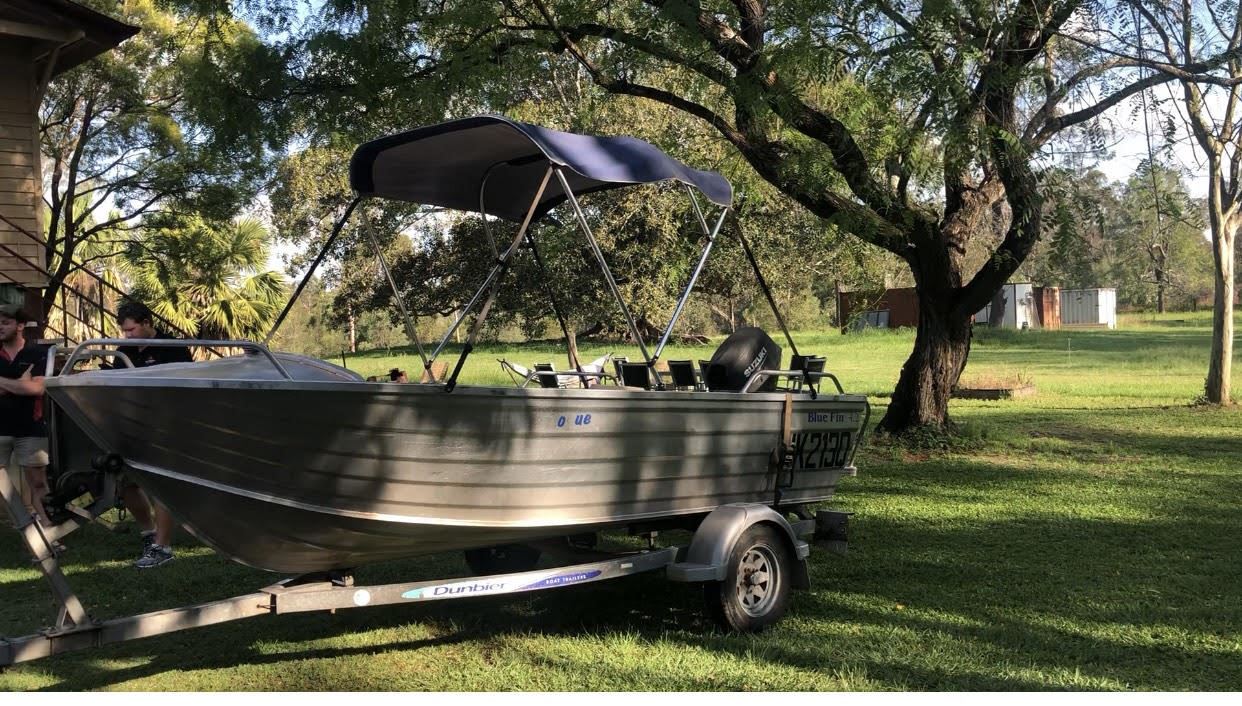 Whether it be private or purchasing through a dealer, it is a good idea to have a pre-boat inspection if you are new to boating or if your just not too sure what your needs are going to be. For some this might be your second, third or tenth boat and may have a good eye/ knowledge of what to look for.
Whether it be private or purchasing through a dealer, it is a good idea to have a pre-boat inspection if you are new to boating or if your just not too sure what your needs are going to be. For some this might be your second, third or tenth boat and may have a good eye/ knowledge of what to look for.
The basics:
So, to cover all the basis, we’ve decided to make a quick list of things to look out for when inspecting a boat. Starting with the motor it is a good idea to lift the cowling and check for any signs of salt build up generally around the lower power head or around the head gasket. This will give you a great indication if it has been correctly flush and looked after. Other things to look for is the condition of the spark plugs and if they also have salt built up or have become rusty, they will have to be replaced down the track. This will give you a good indication on when it may have been last serviced. It is always a good idea to start and run the motor to determine if it is pumping sufficient water through the tell tail. This is a good sign that the water impellor is in good condition as this can lead to the motor overheating. Take notice of how easy it should be for the motor to kick over and idle as the motor may have sat idle for some time.
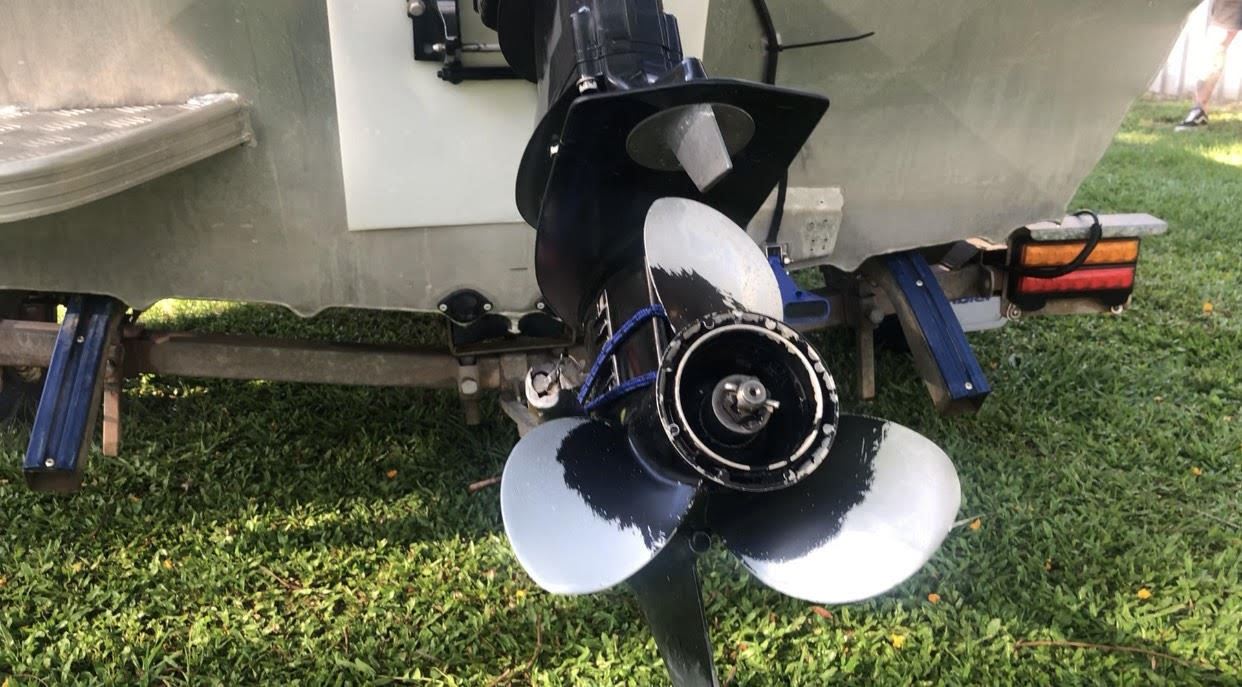
If you are purchasing from a deal or having a paid external inspection down on the boat, it would be a good idea also to get a compression down on the engine. If found down on compression this can lead to several problems in the future.
Looking over the hull:
For most of this is simply walking around the hull looking for any external damage, such as holes, cracks, dints, and corrosion throughout the hull. Most times this is best to have the bungs screwed in and the hull filled up with water. This would be a quick indication in most cases to identify a problem or if there are leaks present. It is also a good idea to jump in the boat and walk around the hull feeling for any soft spots in the floor. This may lead to needing a floor replacement is there is water damage.
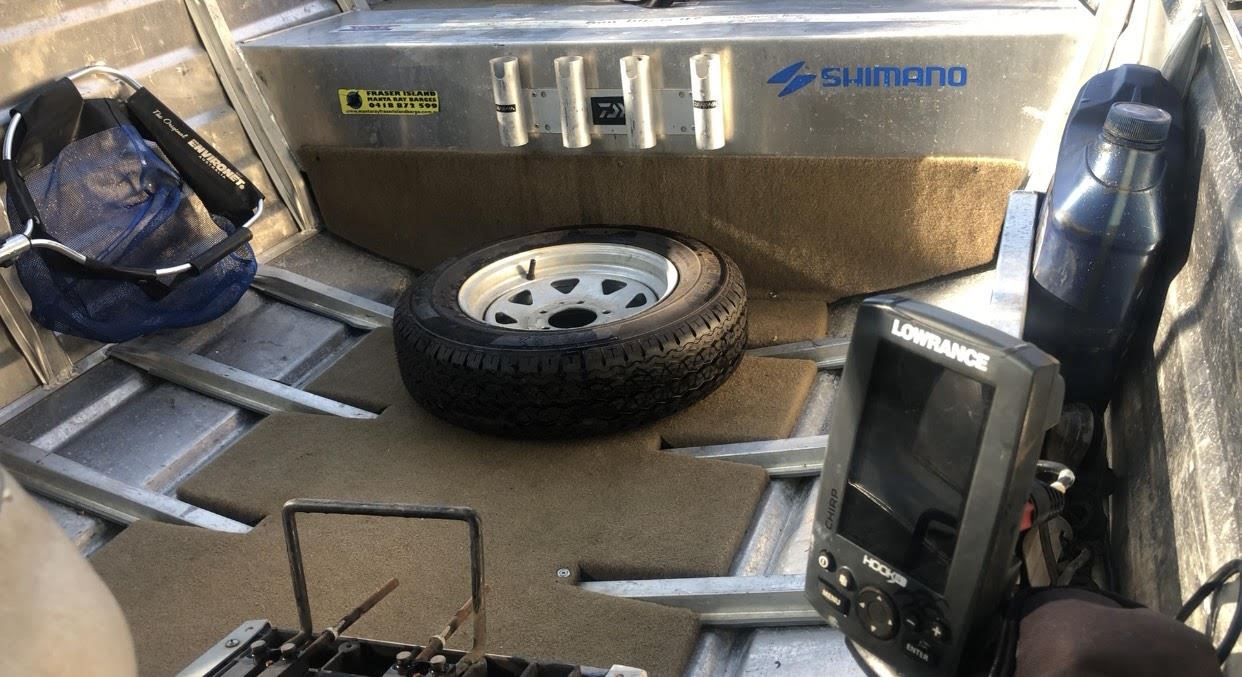
Batteries:
Check battery voltage and cranking amps (this may require a battery tester). There are two different ways you can do this. One is with a multi meter, using the function to record the batteries lowest voltage, like a history check. Another way is by using the Ctek battery sense which will be able to tell you the voltage of your starter battery and whether it needs replacing.
Fuel Tank and lines:
Make sure the fuel has not been sitting around for more than a few months. Also check the conditions of the fuel lines for cracks/wear.
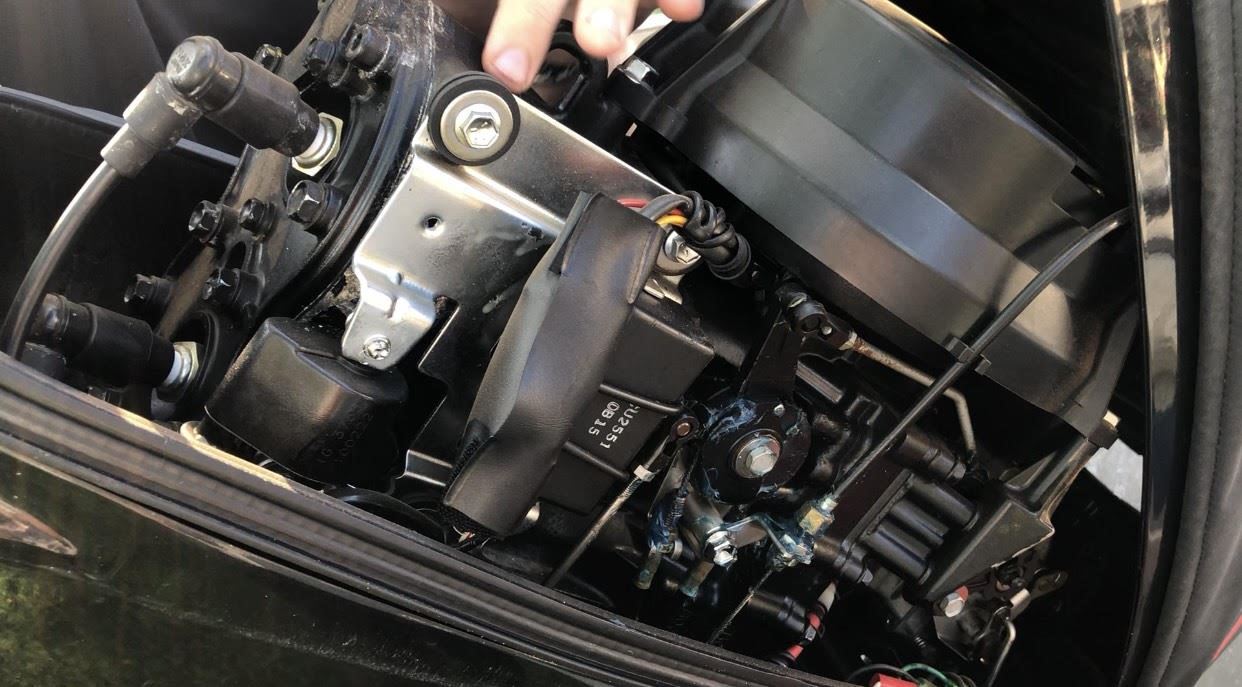
Safety Gear:
Having the right safety gear in your state for the number of people on board is a legal requirement so ensure the correct amount of life jackets etc. are stored correctly and are usable.
Trailer & Trailer Lights:
Check trailer for structural rust damage. Check that the wheel bearings have been properly greased and not rusted. Check that the tyres are in decent condition, they may need replacing if they have been sitting in the sun for a long time. Before towing always test trailer lights and indicators as you will not be able to tow without them in working condition. Test the connection between the 7-pin trailer plug to your vehicle, you may need to purchase a different connection before driving off with the boat.
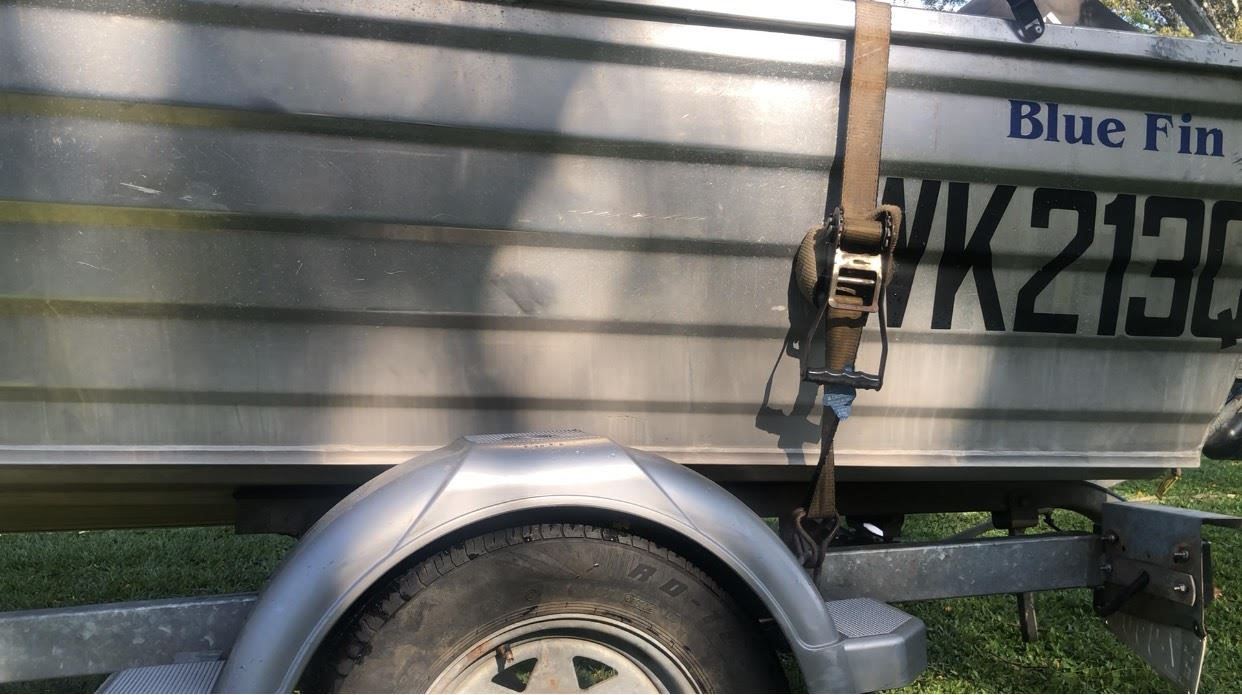
Safety Chain’s & Tie Downs:
It is law to have the correctly fitted towing chains and dee shackles for towing. This also includes having a safety chain attached from the trailer to your boat, with the addition to also having a tie down strap over the boat.
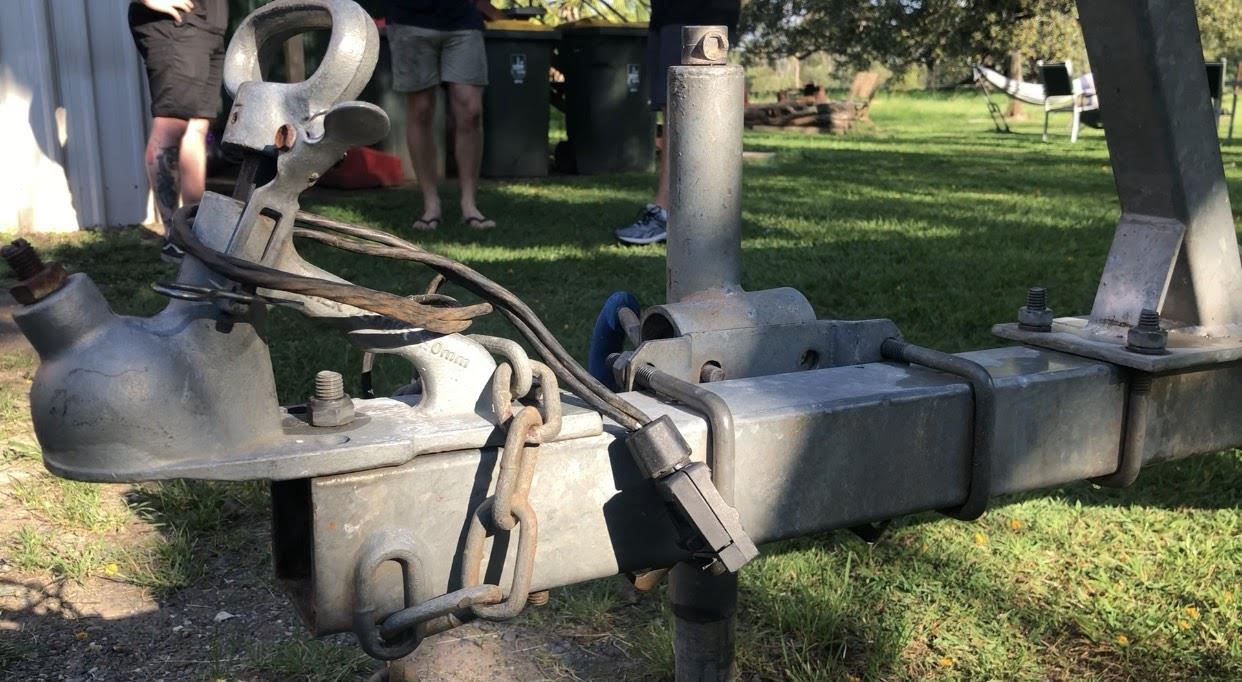
Winch:
Check over the winch for rust and un-wind it completely to see if it operates smoothly. These are relatively cheap to replace but if they fault whilst unloading the boat into the water it could fall to the side and cause major hull damage.
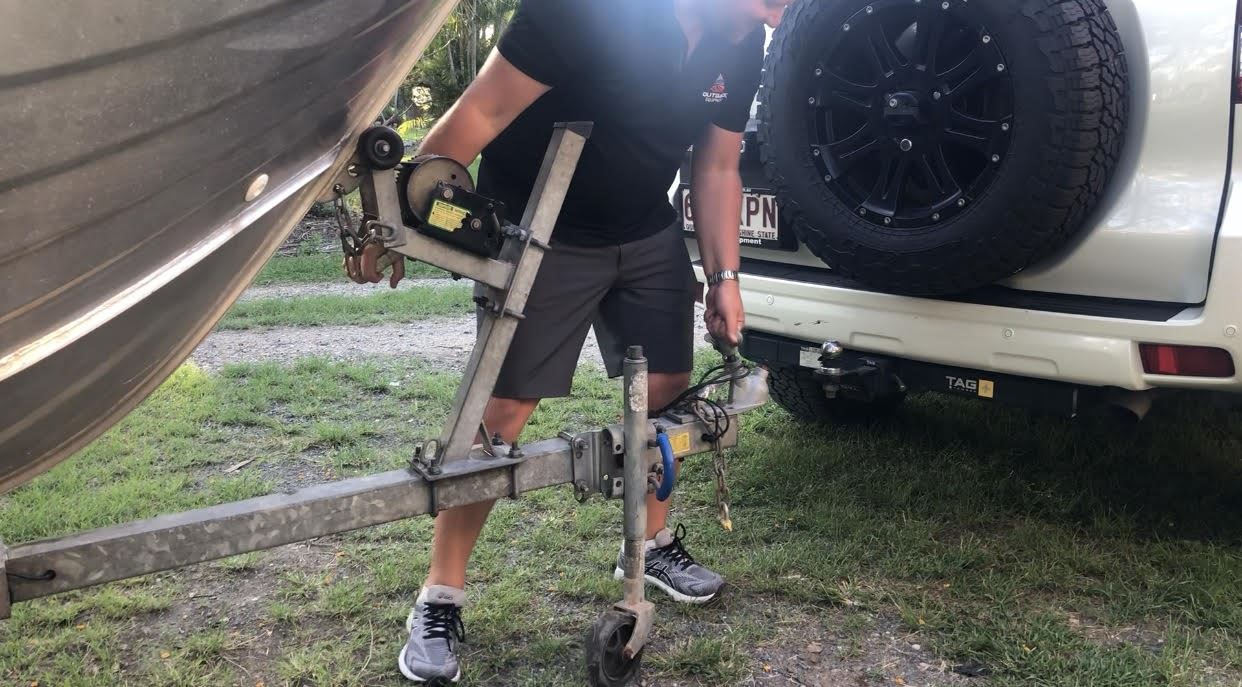
All up we paid $7,000 for a tinny and a trailer in good condition. The boat had 6 months rego on it and the trailer had a year. The owner had it up for $8,000, so we were satisfied with the deal. It is important not to get too caught up in the moment with the accessories as everything can be removed or replaced. We recommend focusing on the structural components as they are the hardest to fix/replace. In our experience, unless you have the time and money to invest in restoring rust and water damage in the trailer, hull or motor it’s best to walk away and hold out for something better. Head over to our YouTube channel if you would like to follow our tinny build and see how easy it is to restore and personalise your boat with some of the new products in our marine range.


.png)
Leave a comment